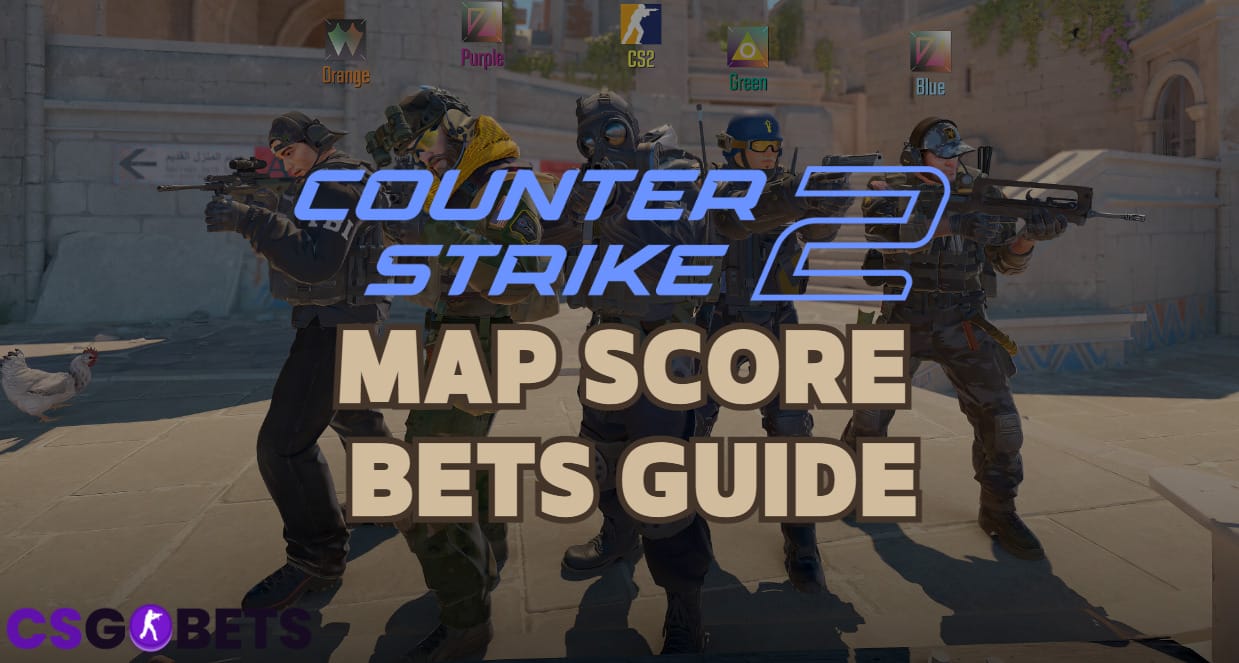Blooming Market Insights
Explore the latest trends and insights in digital marketing.
Navigating CS2 Maps: Tips and Tricks for Staying One Step Ahead
Master CS2 maps with our top tips and tricks! Elevate your game and always stay one step ahead of the competition. Explore now!
Essential Strategies for Mastering CS2 Maps
In order to master CS2 maps, players need to familiarize themselves with the unique layouts and key areas on each map. Start by studying a map's layout through various online resources or in-game practice modes. Understanding popular chokepoints, bomb sites, and high-ground advantages will allow you to position yourself strategically during matches. Additionally, consider creating a checklist of important locations to remember, such as:
- Spawn points
- Common hiding spots
- Known sniper positions
- Access routes
Another essential strategy for mastering CS2 maps is effective communication and teamwork. Ensure you use your microphone to relay important information to your teammates about enemy positions or your own status. A good practice is to develop a language or code for quick callouts to minimize confusion during fast-paced gameplay. For instance, calling out the names of areas succinctly—like 'B site' or 'Mid'—can improve team coordination. Remember, a well-coordinated team can leverage map knowledge to dominate the opposition, making your progress towards mastery even more achievable.

Counter-Strike is a popular multiplayer first-person shooter that pits teams against each other in a battle of strategy and skills. The game has evolved over the years, leading to the latest installment, which offers new features and improved graphics. Players can customize their experience with various CS2 Weapon Skins, making each match more personalized and visually engaging.
Top 10 Common Mistakes to Avoid in CS2 Maps
Creating maps in CS2 can be a rewarding experience, but many new map designers often fall into common traps that hinder gameplay and aesthetics. One of the most significant errors is neglecting player flow. When designing a map, it's crucial to consider how players will move through the space. A map that feels congested or disjointed can lead to frustration and negatively impact the gaming experience. Ensure that your pathways are intuitive and allow for smooth transitions between areas.
Another prevalent mistake is failing to balance cover and visibility. If certain areas of your map provide too much cover without sufficient sightlines, it can lead to a chaotic gameplay experience. Similarly, overly open areas with no cover can make players vulnerable and detract from strategic play. Striking the right balance will ensure that players can engage in combat while also employing tactics to hide and reposition. Here are a few more common mistakes to avoid in CS2 maps:
- Ineffective lighting
- Poor use of space
- Lack of detail and realism
- Ignoring feedback from playtesting
- Overcomplicated layouts
- Neglecting environmental storytelling
- Mismanagement of custom assets
- Inconsistent theme
- Forgetting optimization.
How to Analyze CS2 Maps Like a Pro: A Guide for Players
Analyzing CS2 maps is crucial for players who want to enhance their strategic gameplay. Start by familiarizing yourself with the layout of each map. Make a note of key areas, such as choke points, bomb sites, and sniper positions. To structure your analysis efficiently, consider using an ordered list for each map:
- Identify major lanes and pathways.
- Locate high ground positions and possible hiding spots.
- Examine common engagement areas and strategies used by top players.
Once you've mapped out the basics, the next step is to study player movements and timings within these environments. Watch professional match replays to see how experienced players navigate and exploit the maps. Pay attention to their rotation strategies and how they adapt to the dynamics of the game. Incorporate tools like demo analysis software to slow down plays and gain deeper insights into successful tactics. Remember, the more you analyze, the more intuitive your gameplay will become, making you a formidable opponent in CS2.